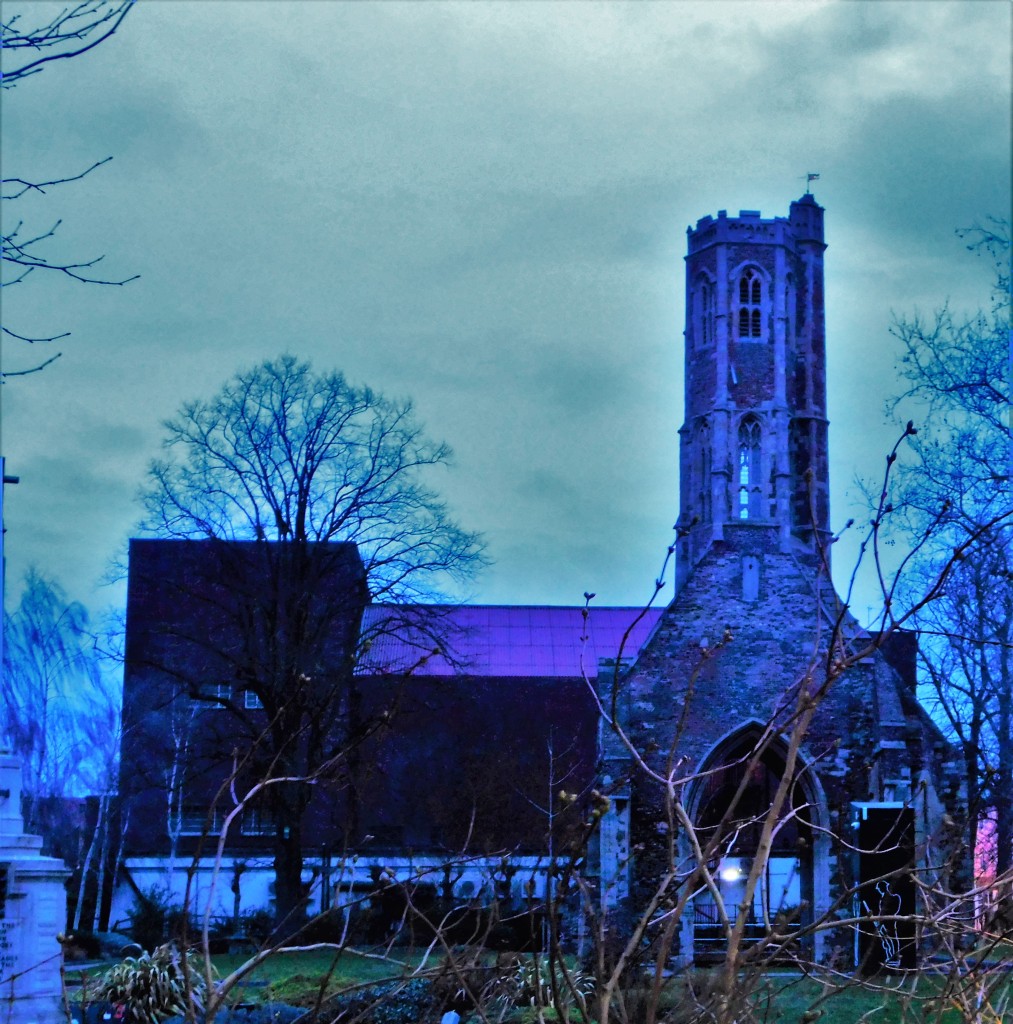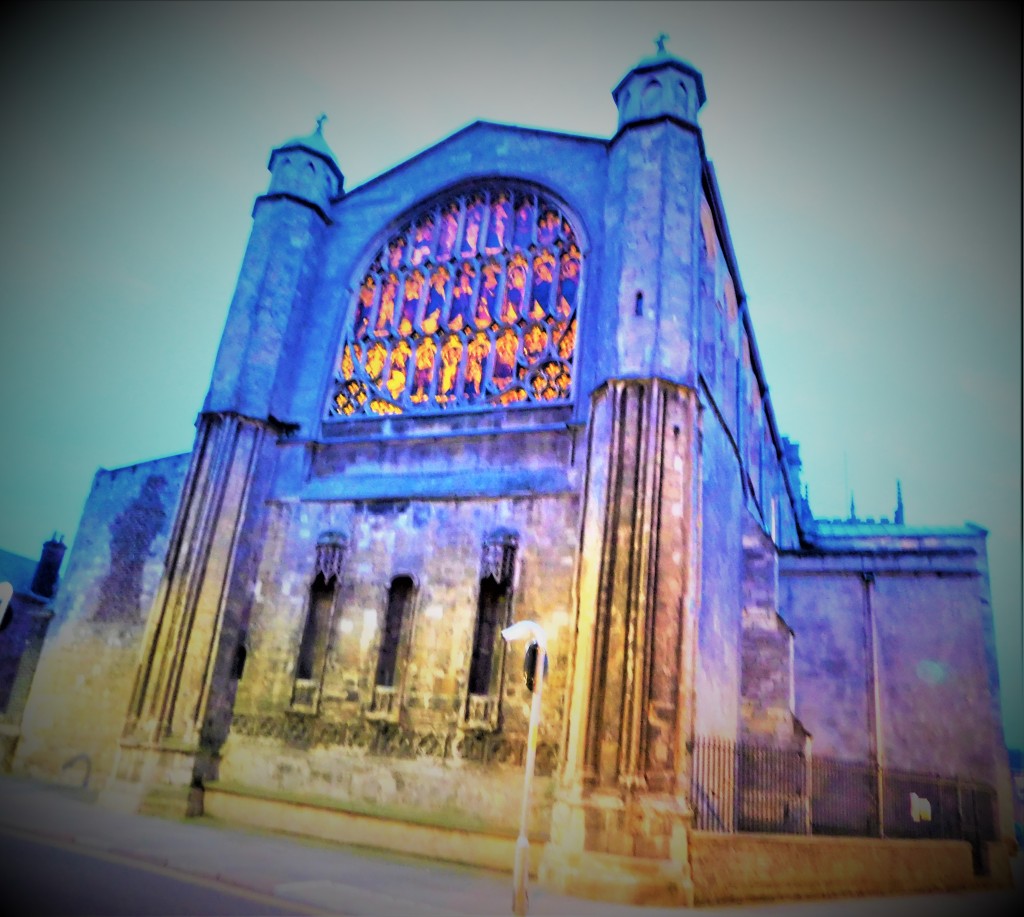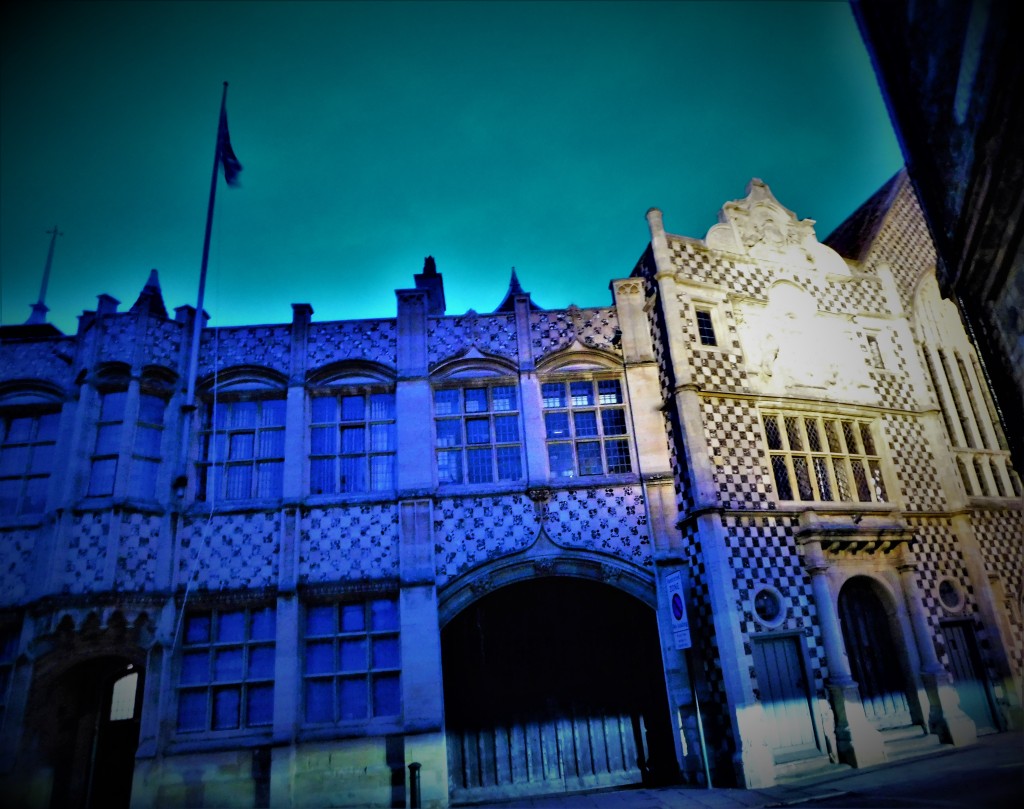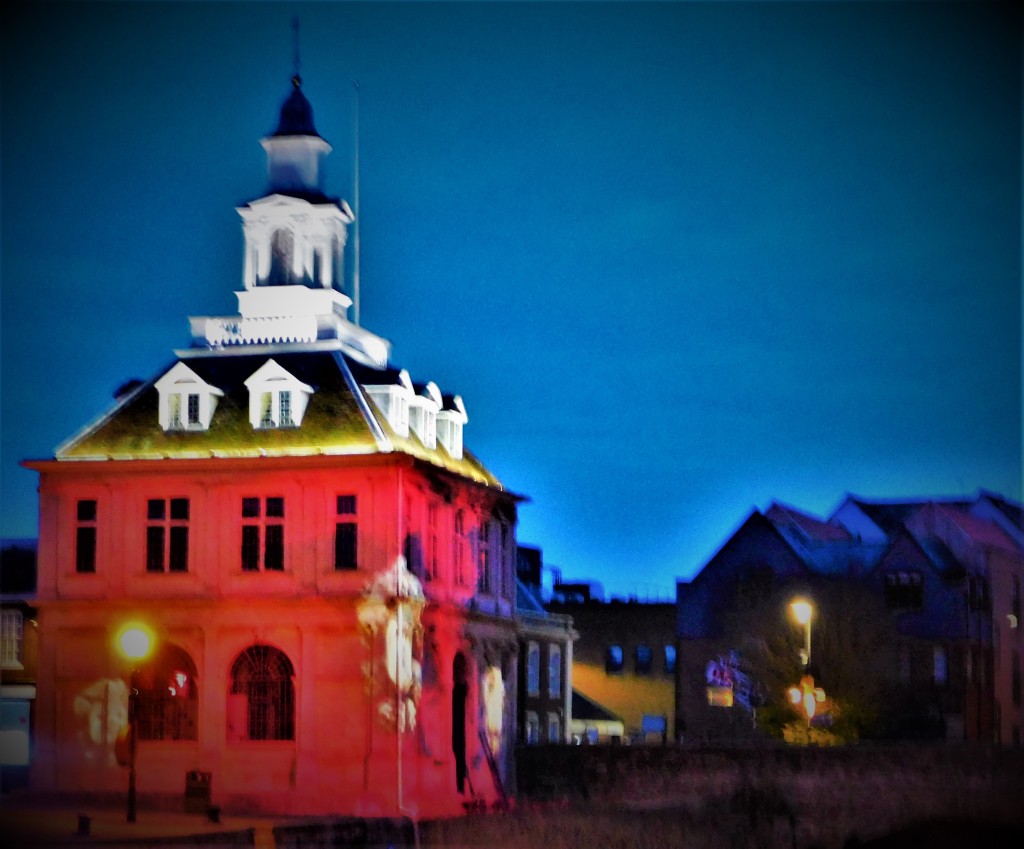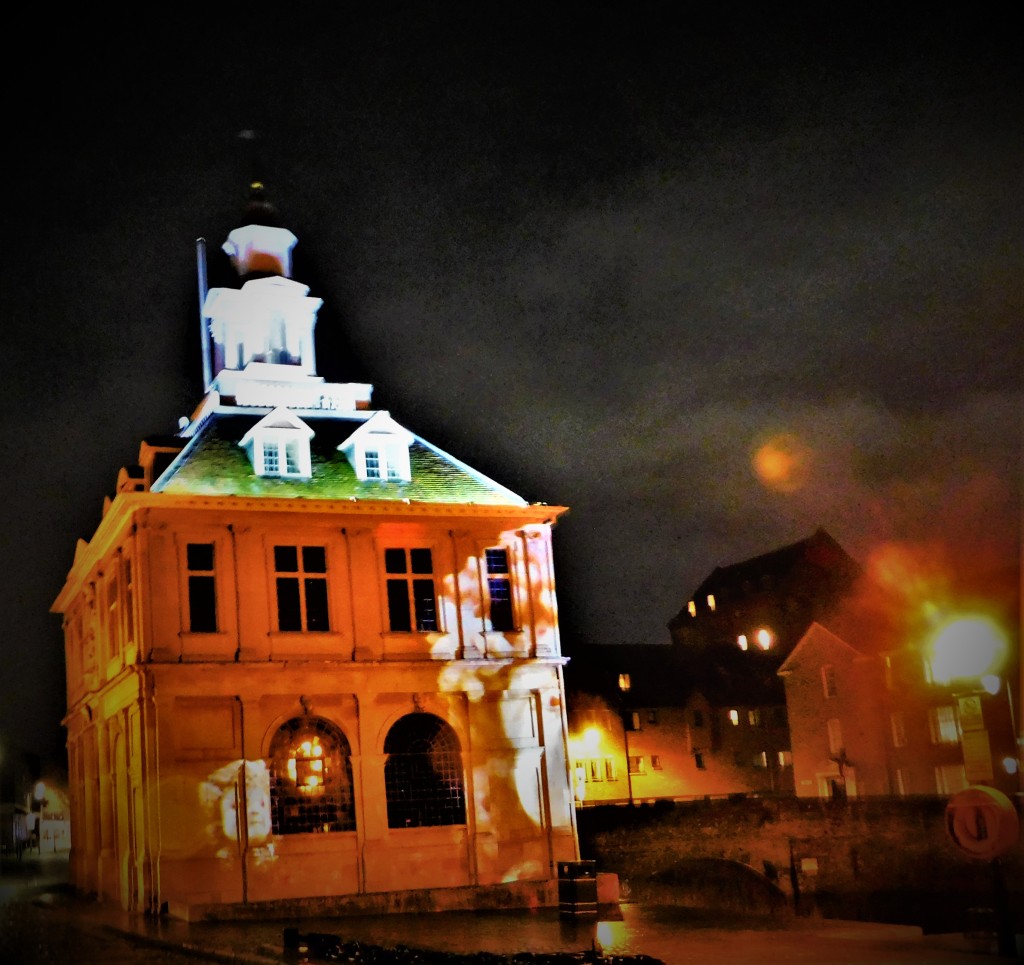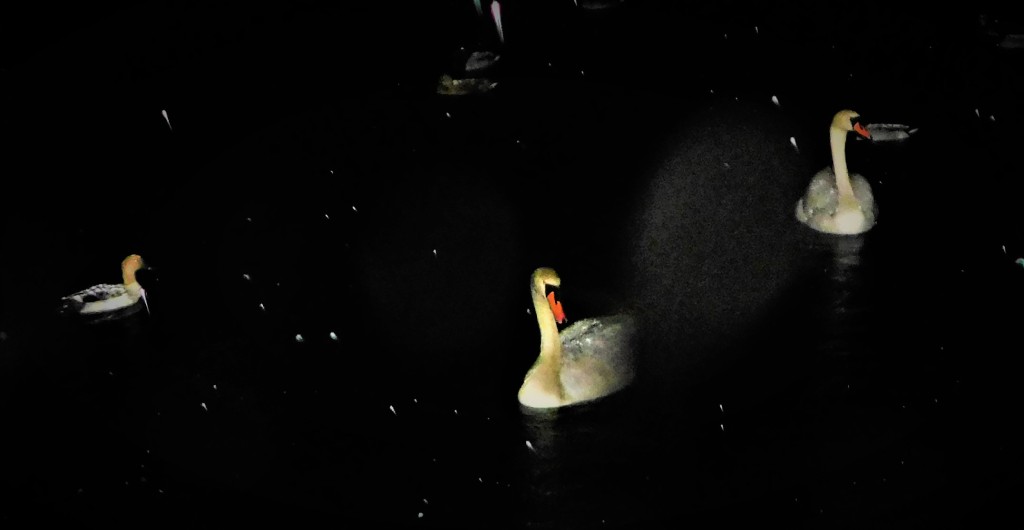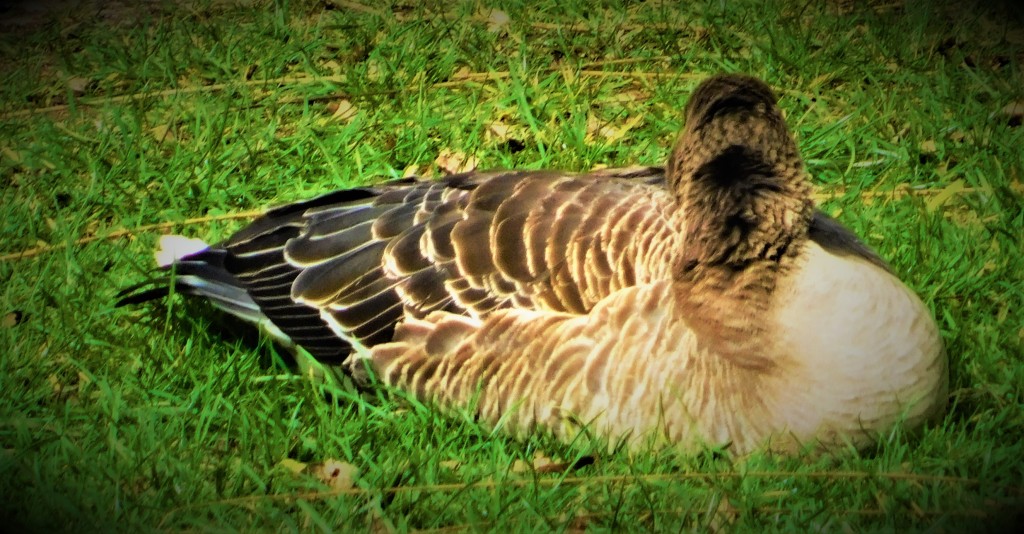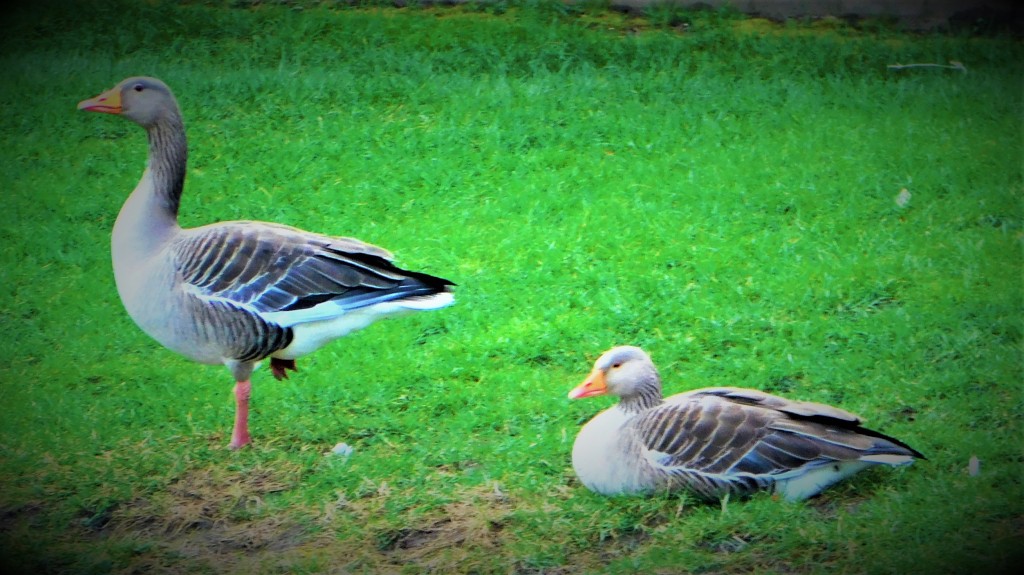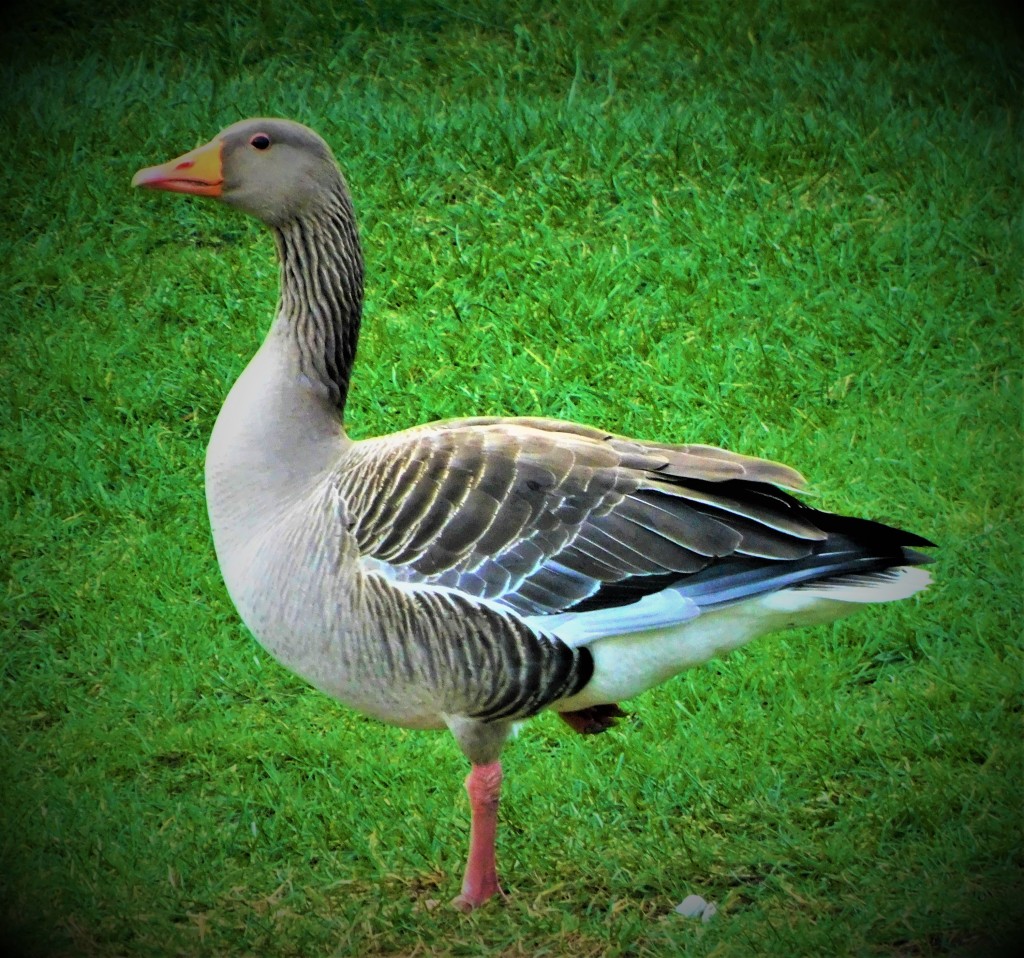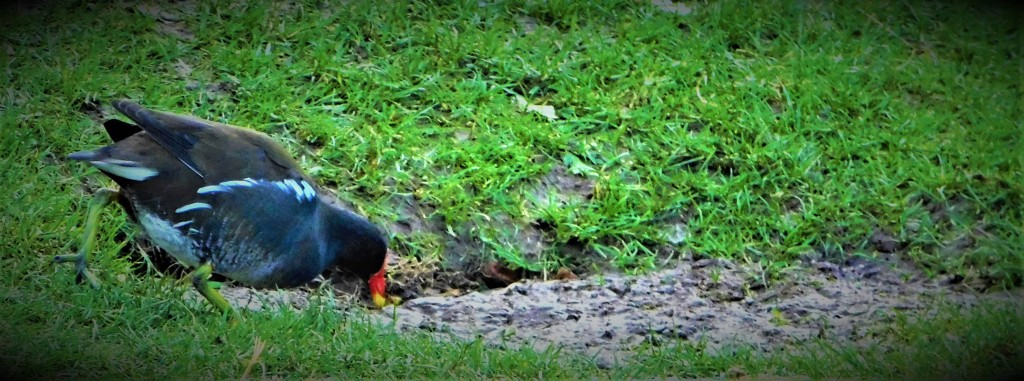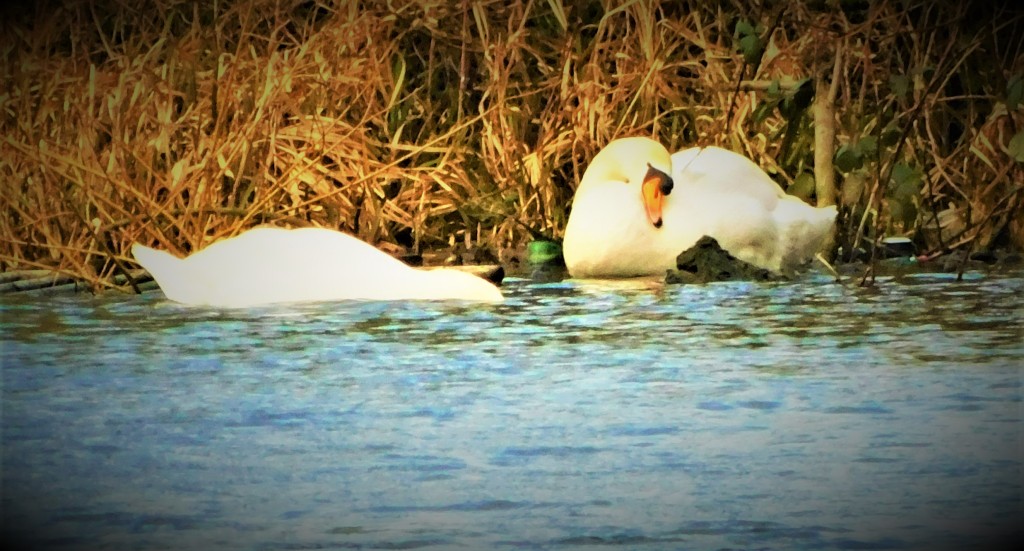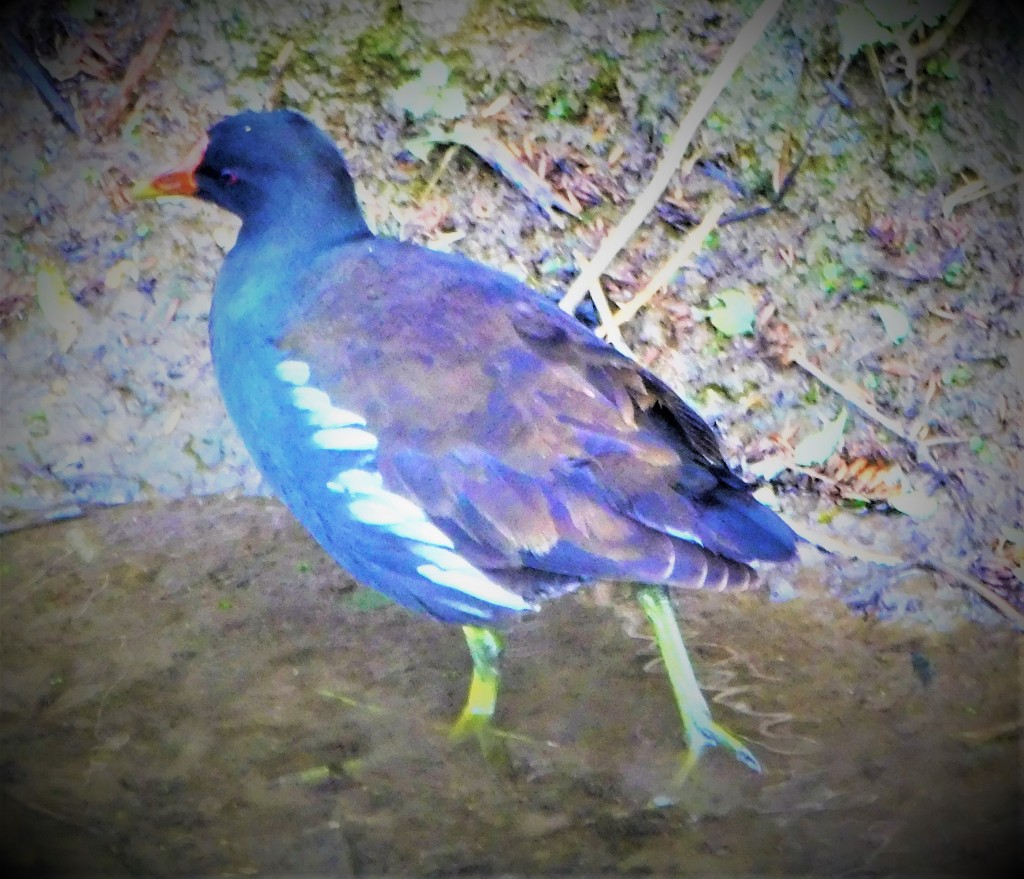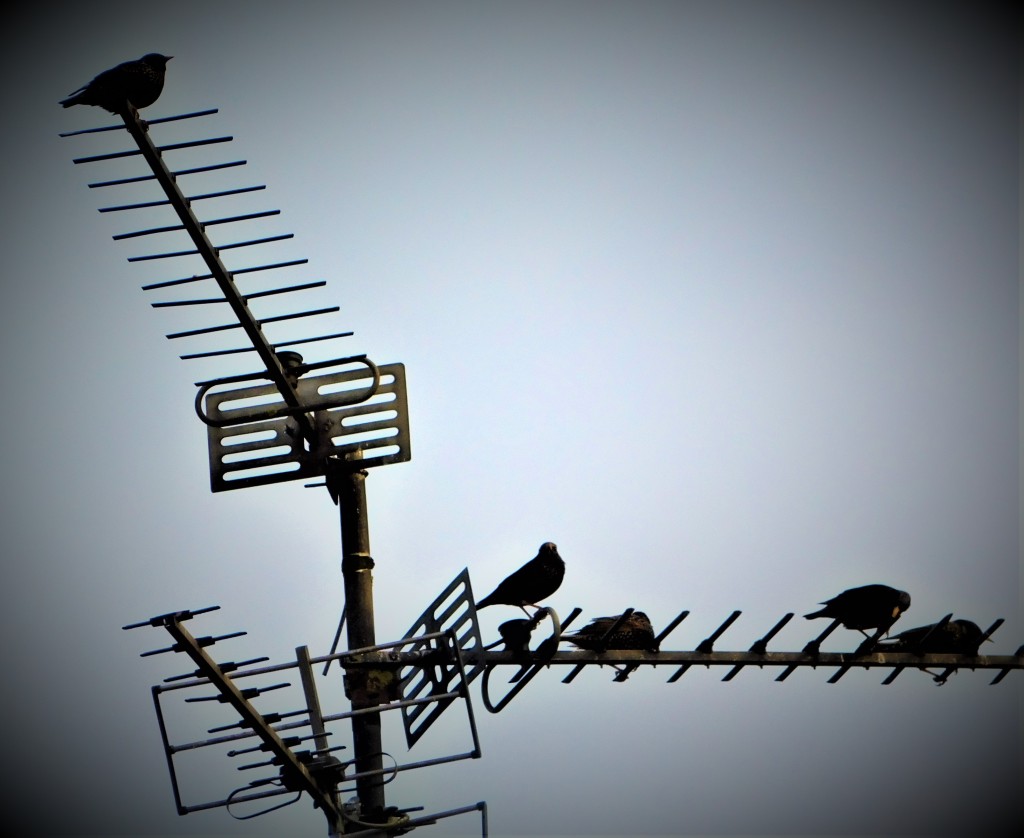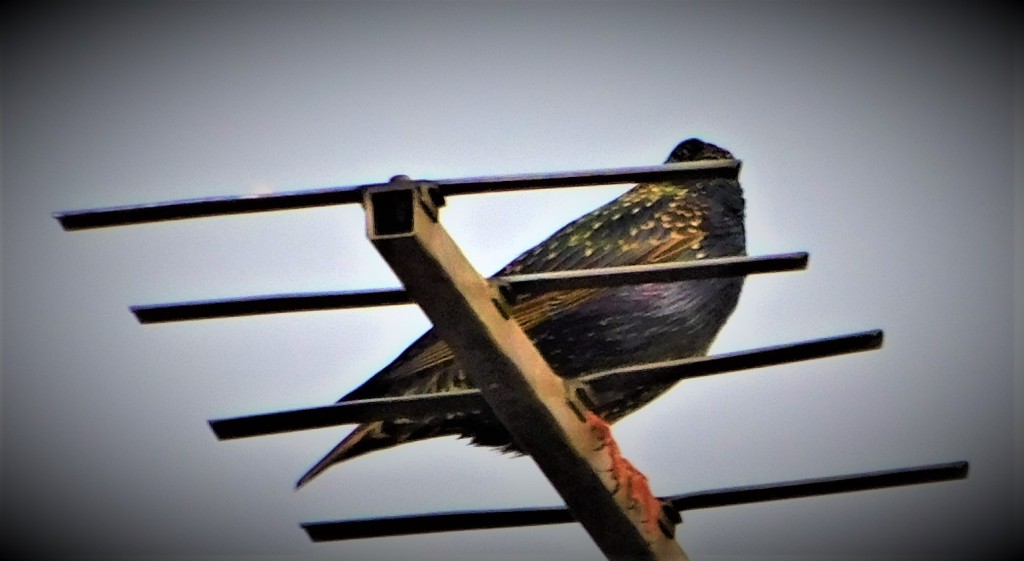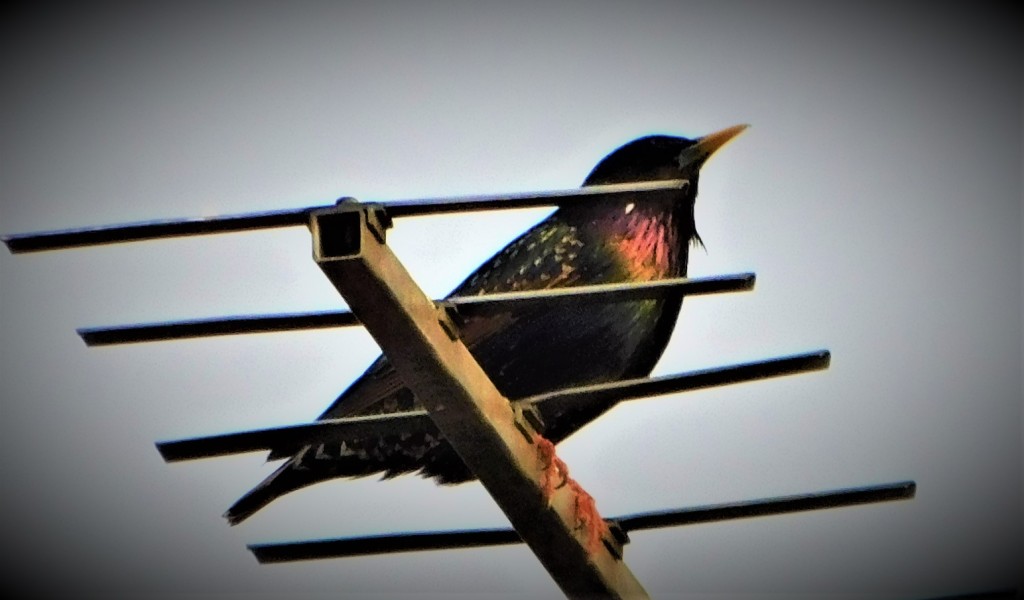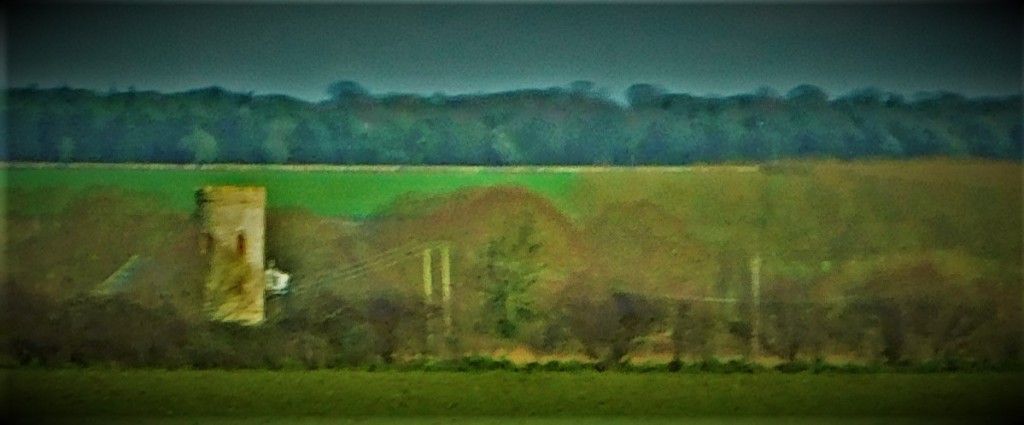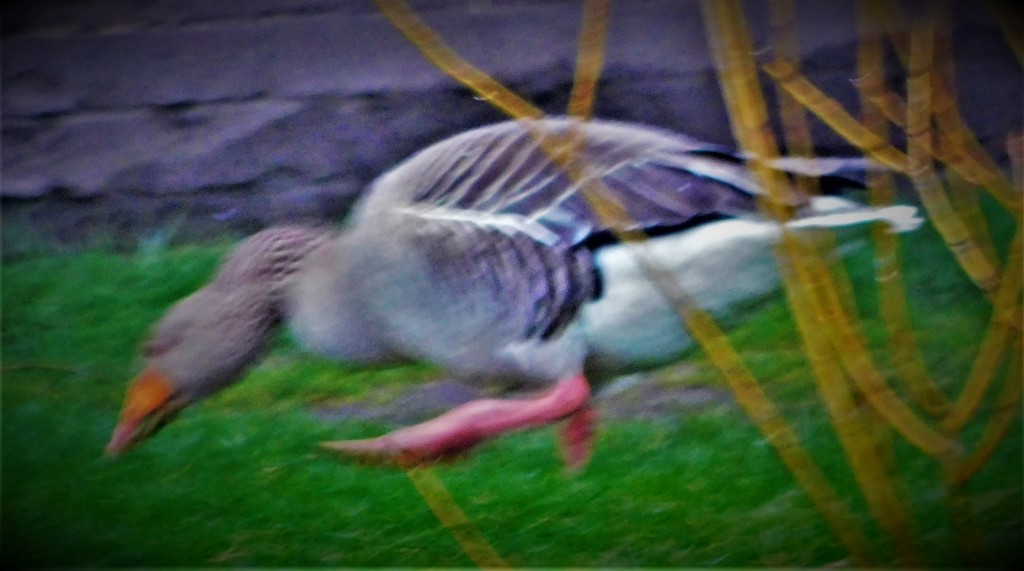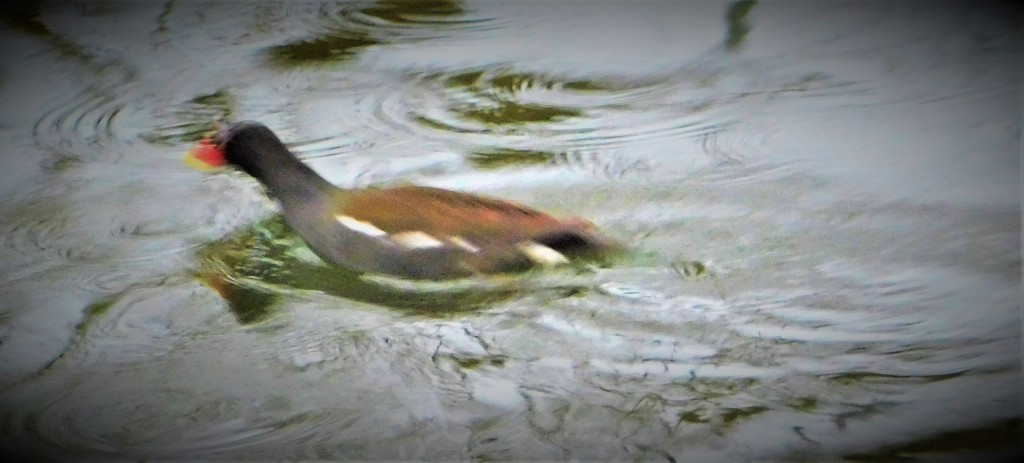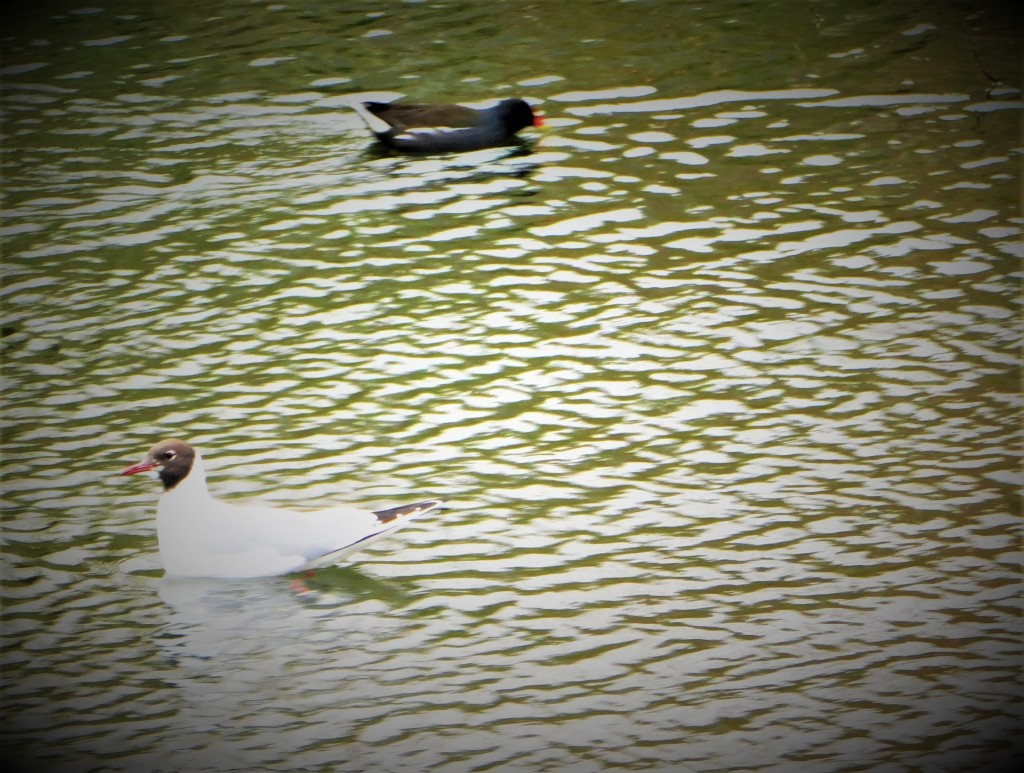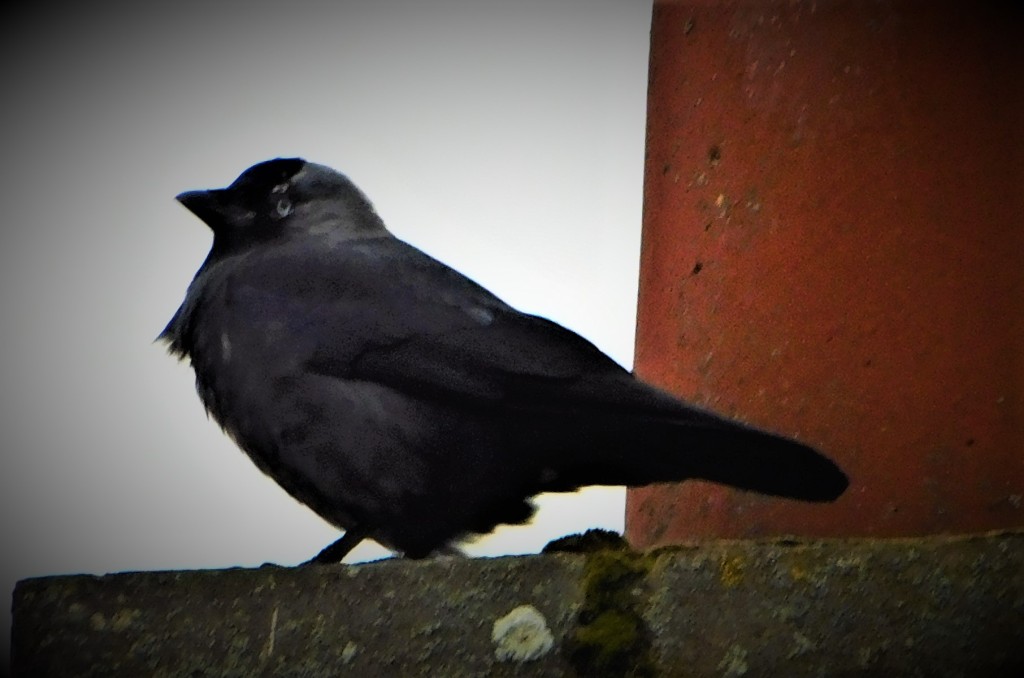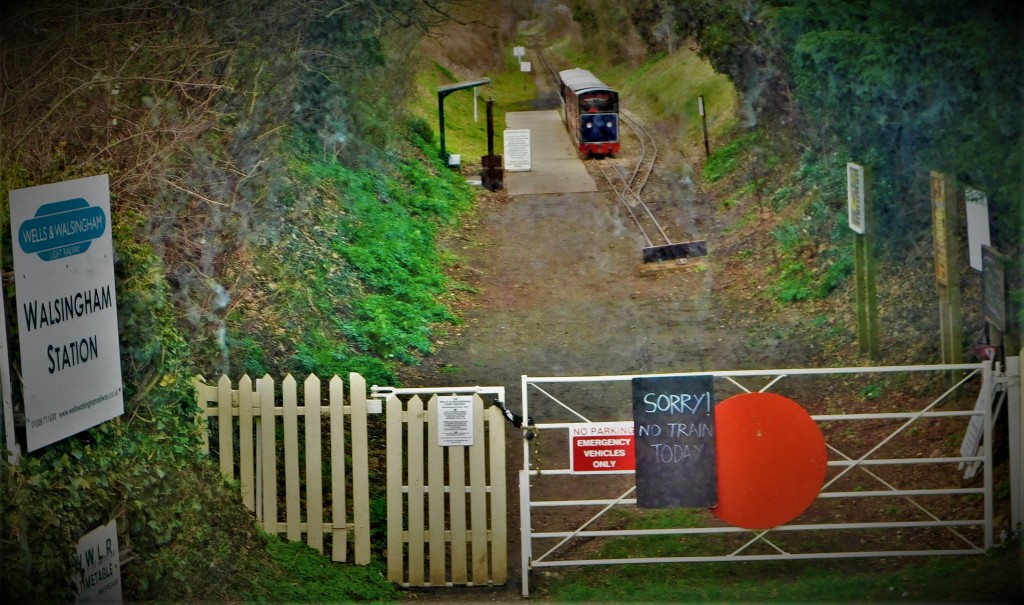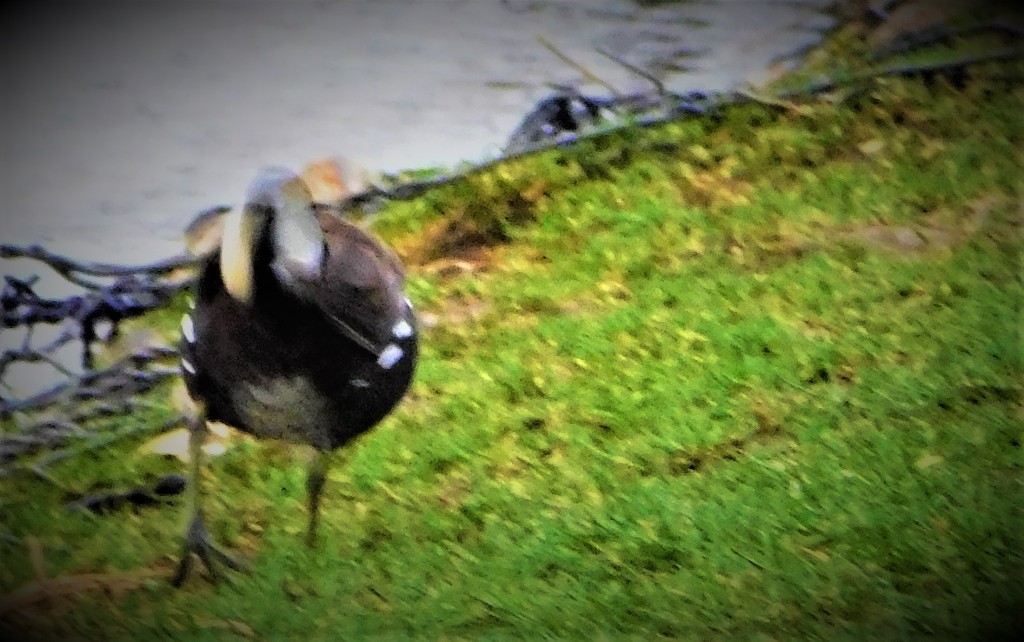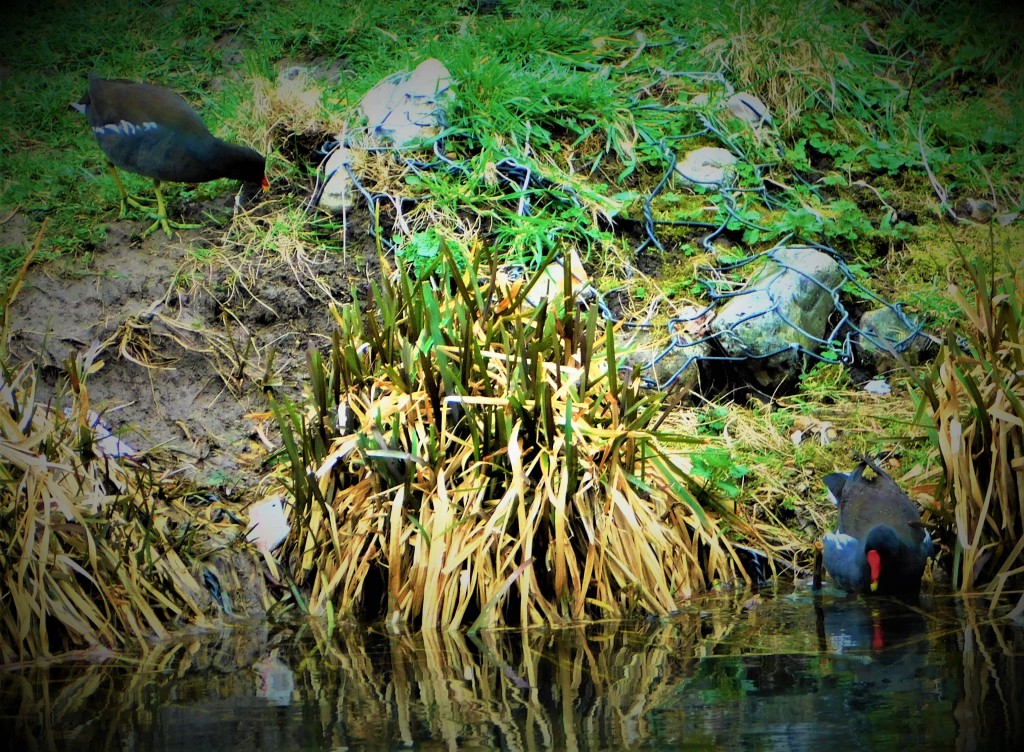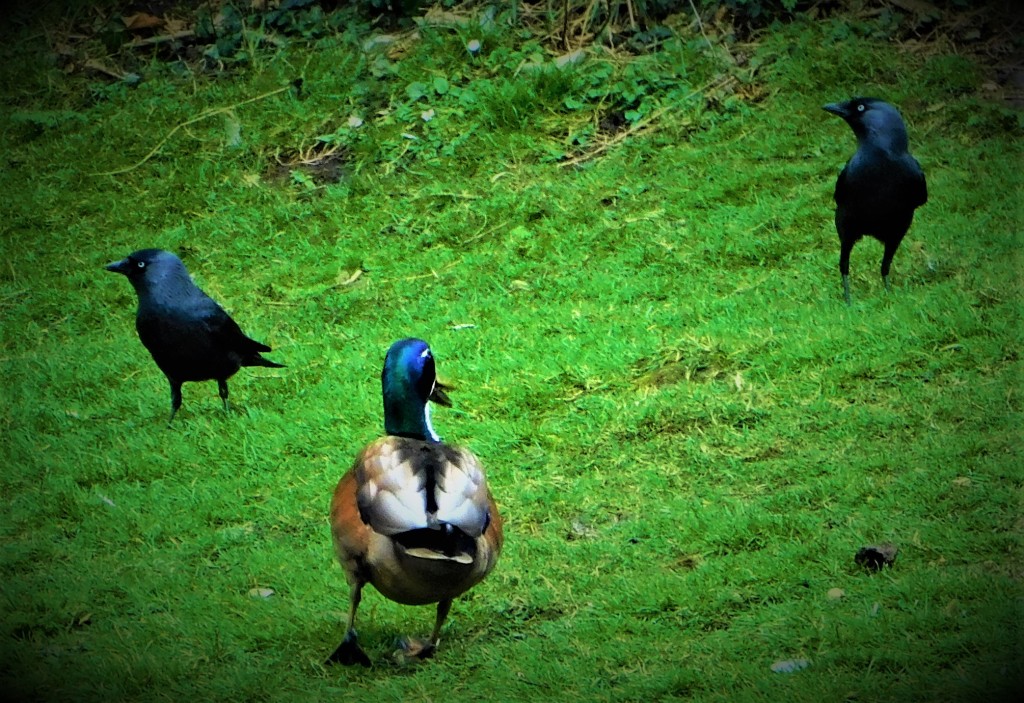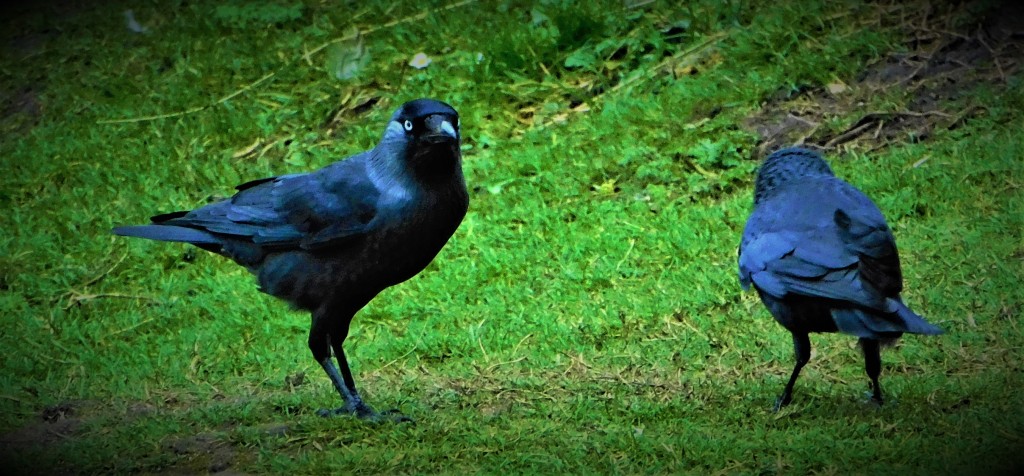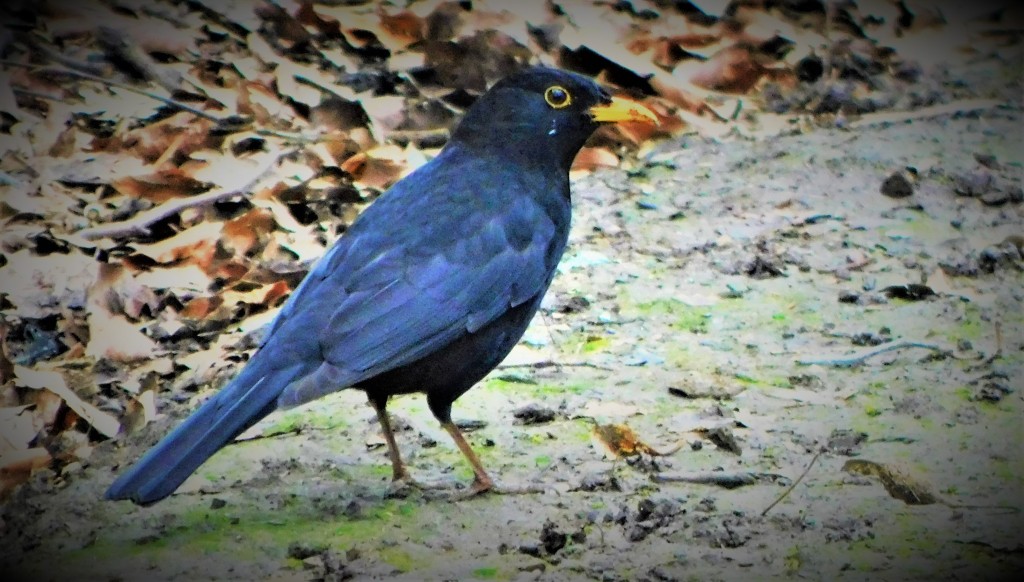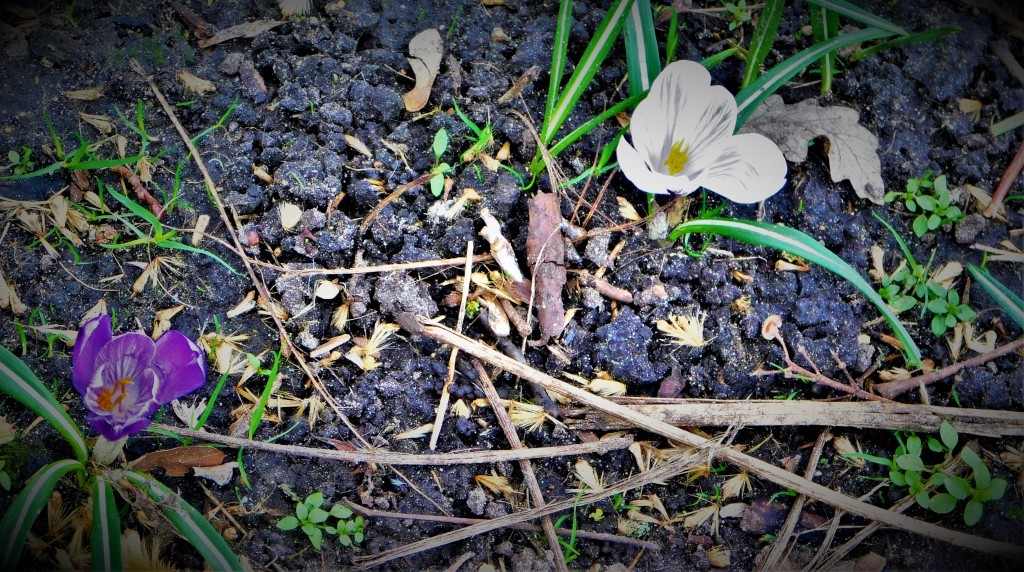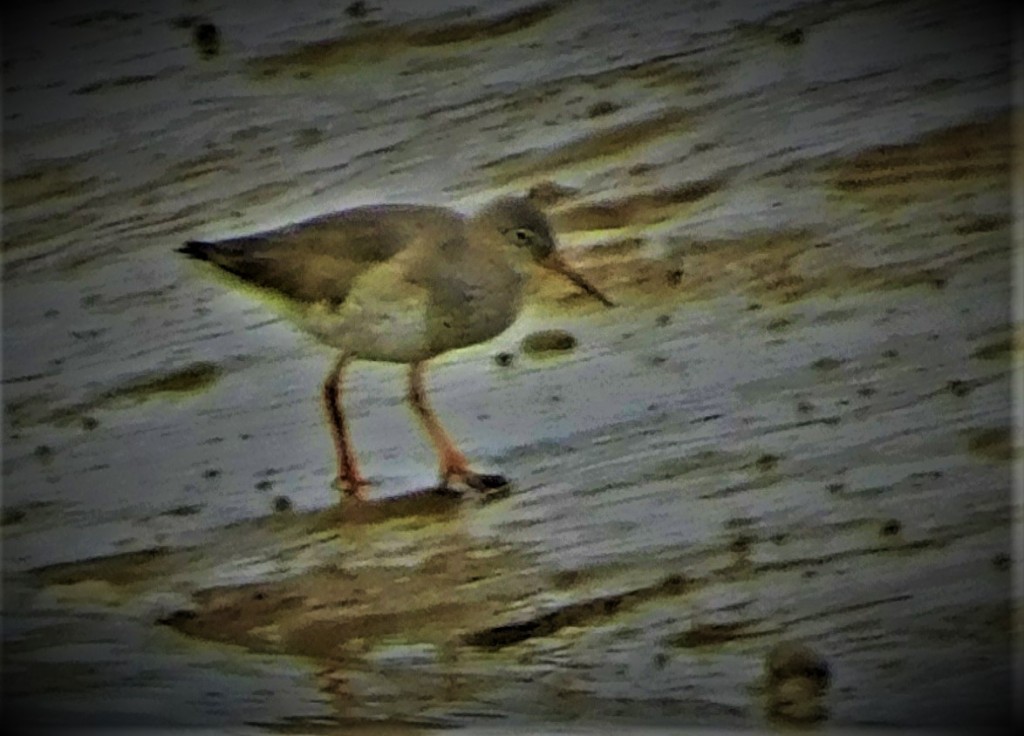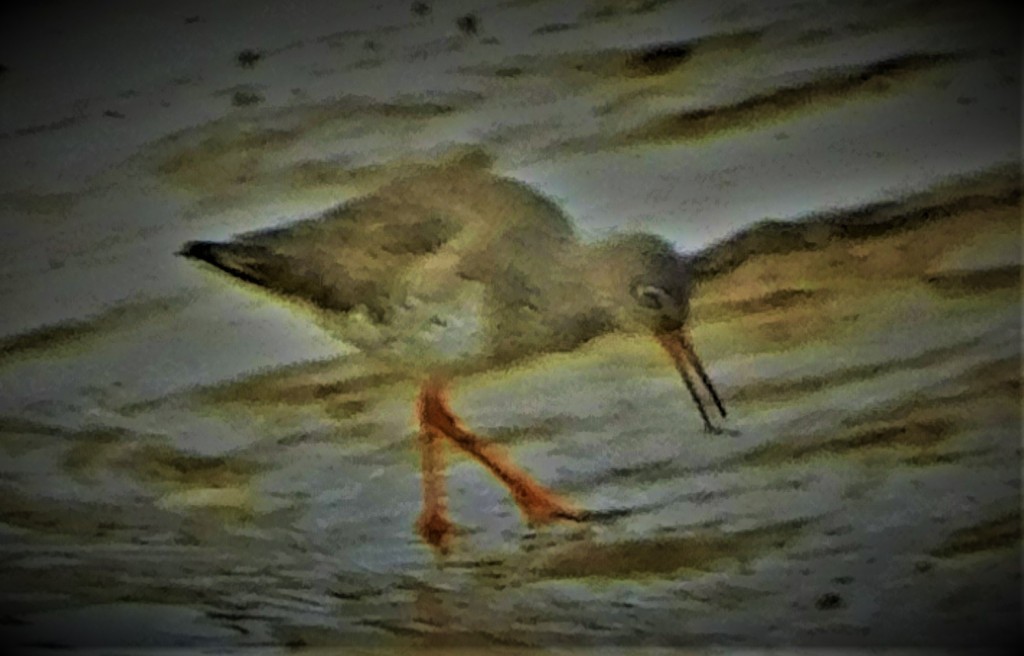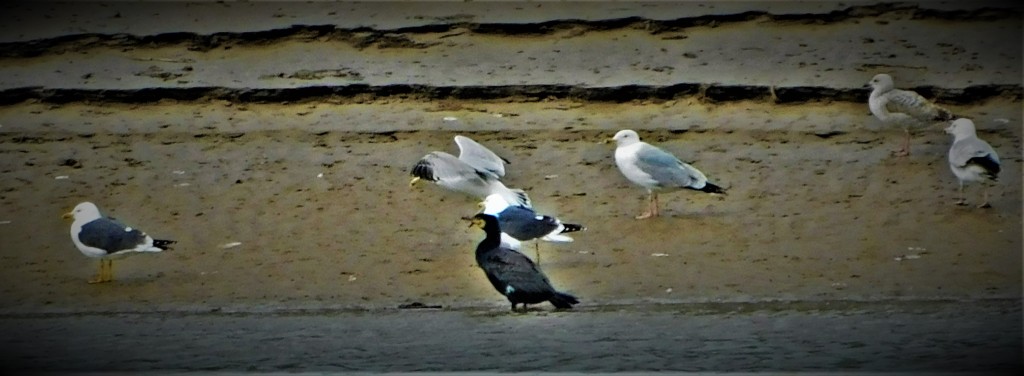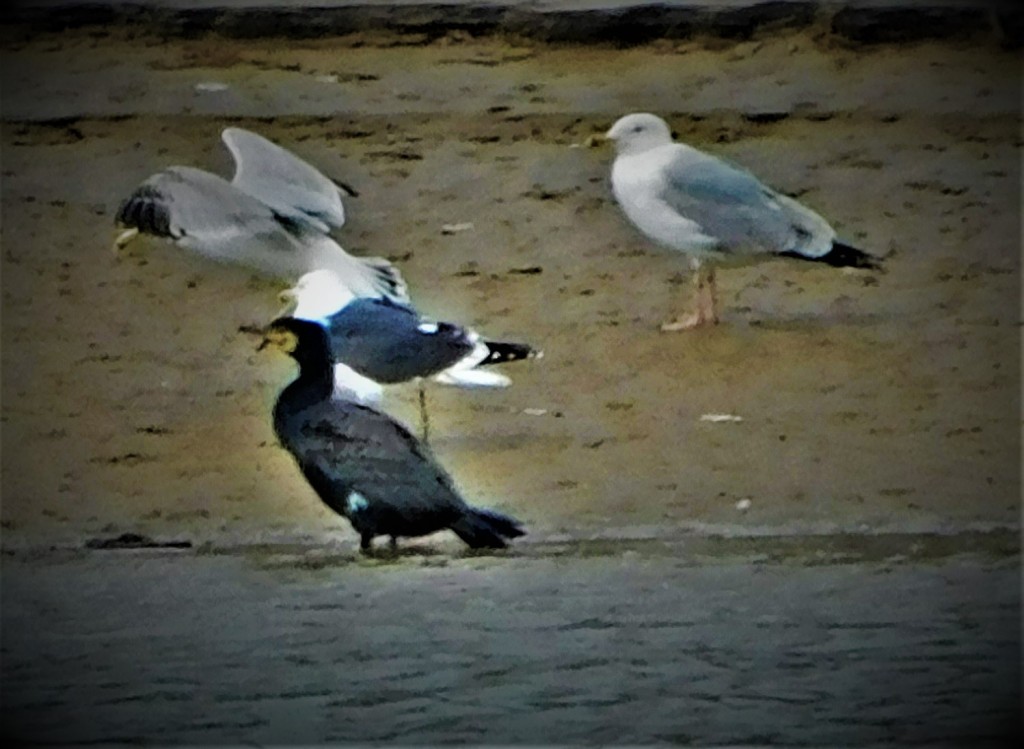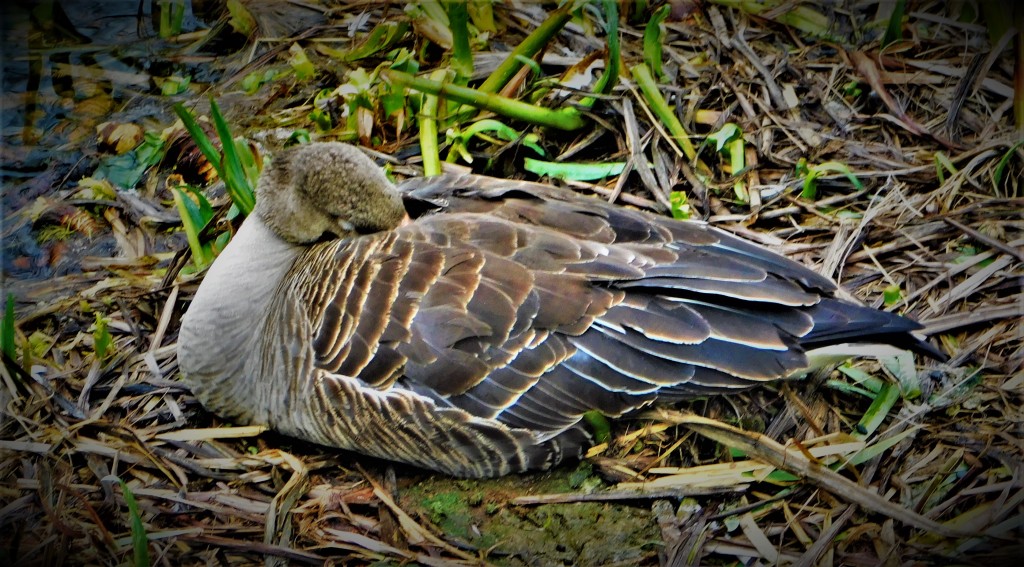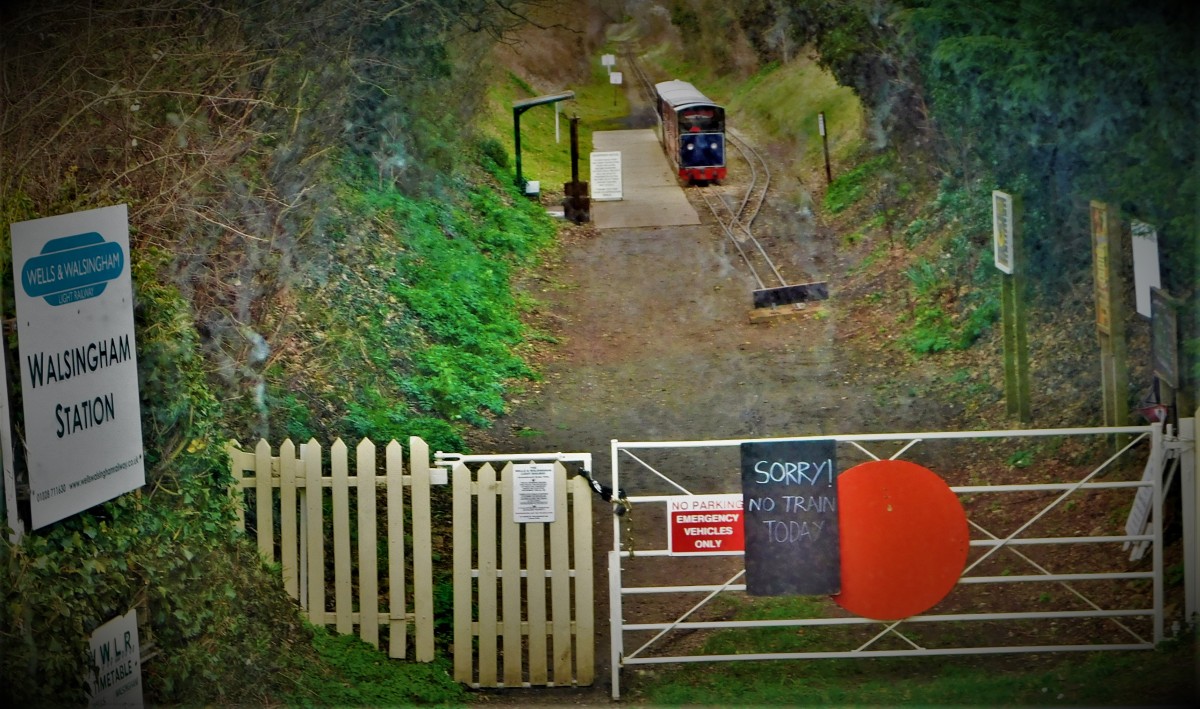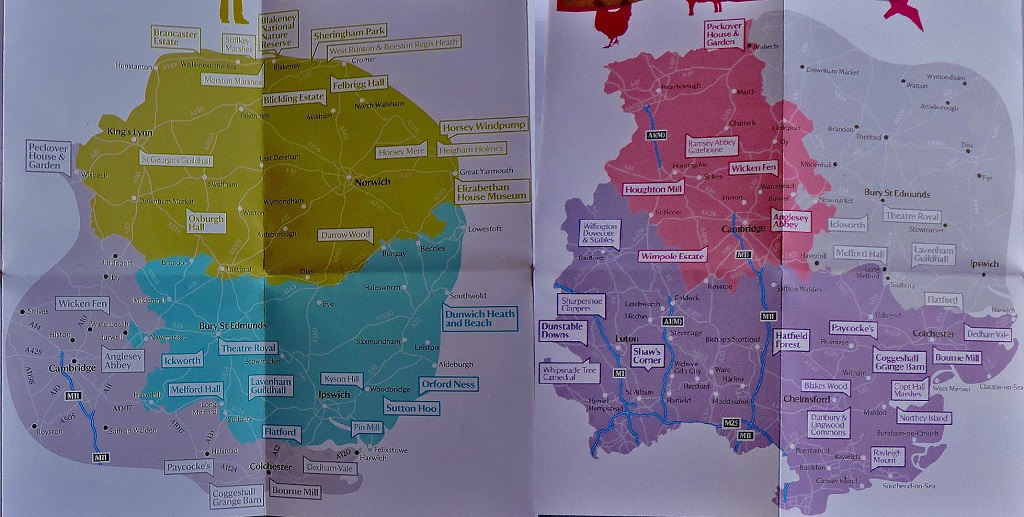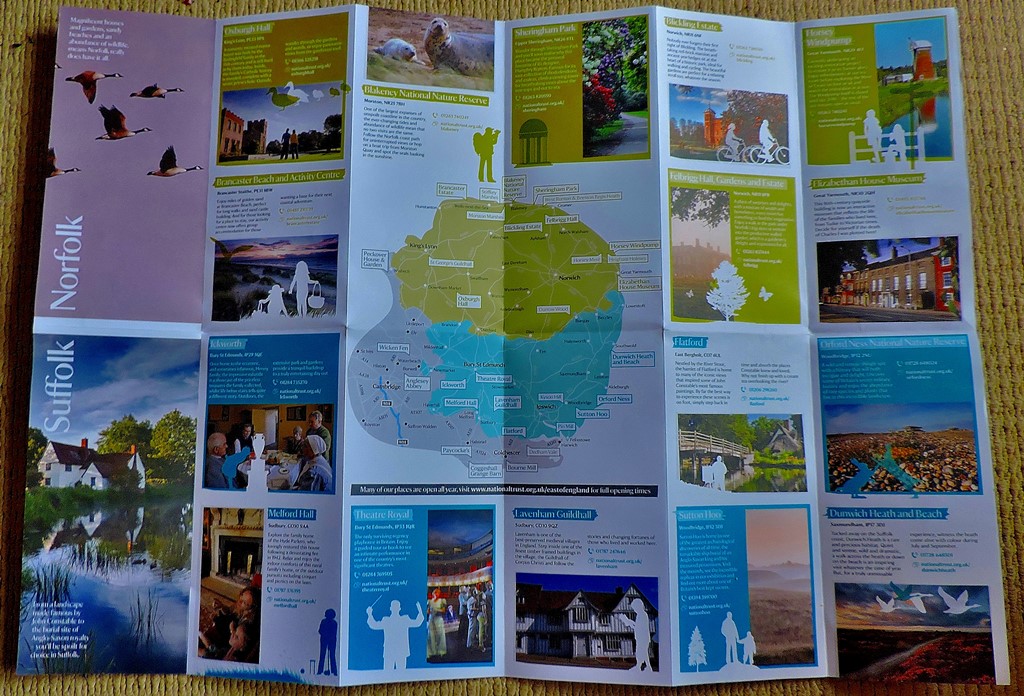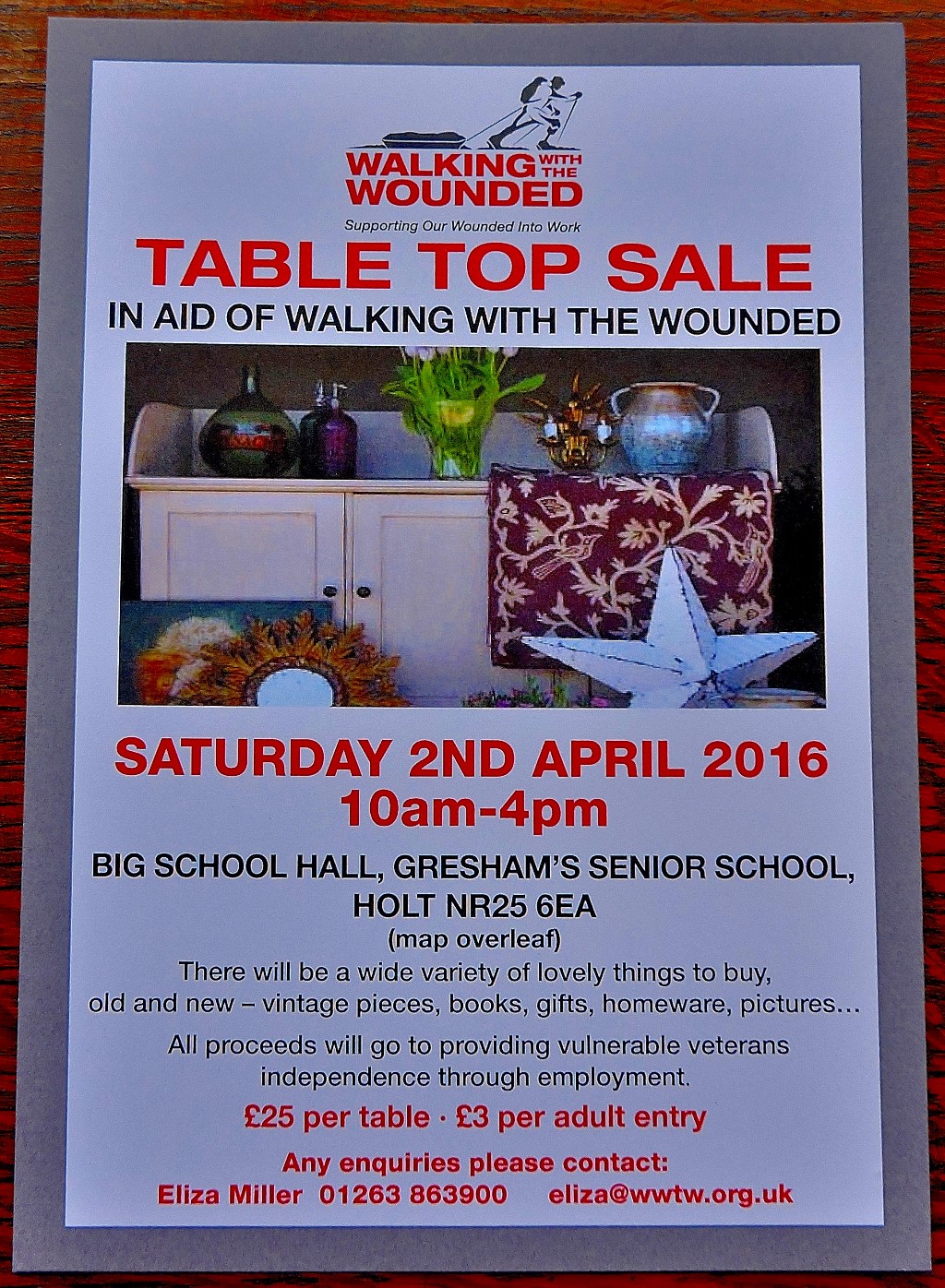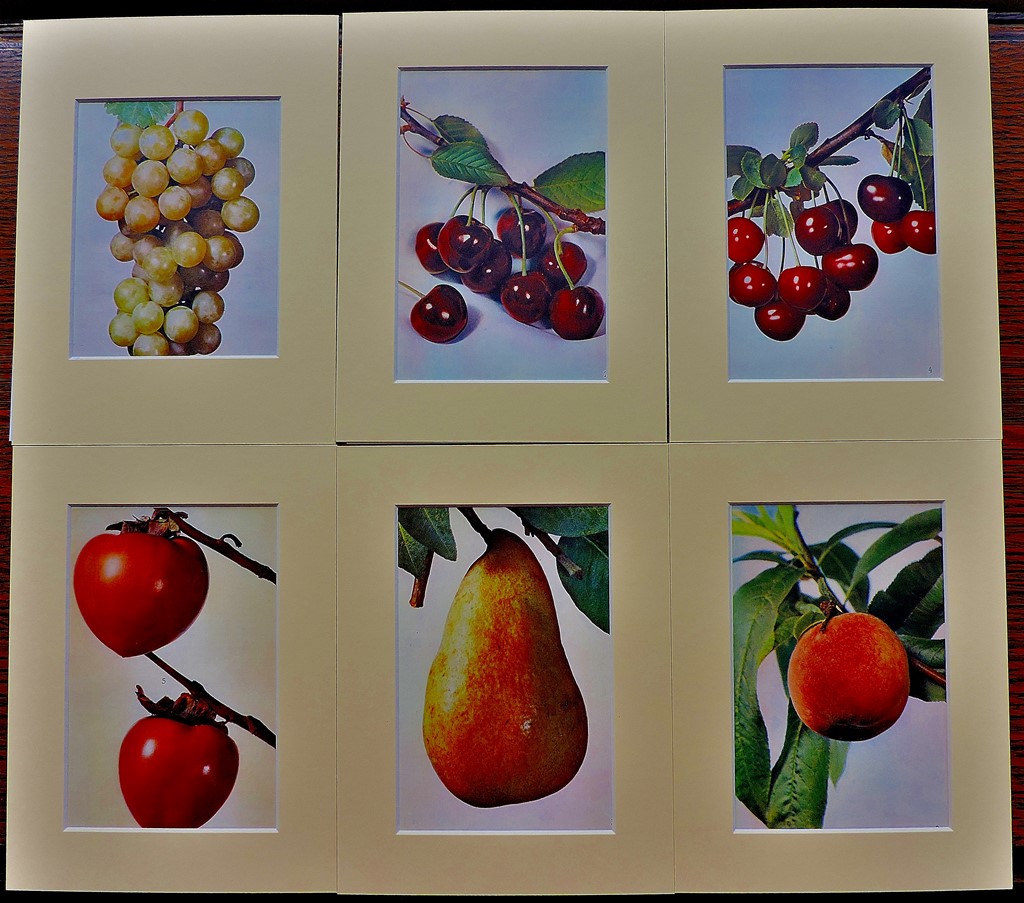Today I revisit a theme I started exploring in earnest when Covid-19 meant that there was no live cricket for a while – all time XIs.
THE BRIEF
This XI is based on birthplaces – players who play their whole careers for minor counties cannot really be considered great whatever their records. Every player in this XI was born in a county in mainland Britain but one which is not a home to first class cricket.
THE XI IN BATTING ORDER
- Jack Hobbs (Cambridgeshire). The right handed half of an all East Anglian opening pair, both of whom played their FC cricket for Surrey and England, indisputably among the games all time greats, with more FC runs and more FC hundreds to his name than anyone else.
- John Edrich (Norfolk). One of five members of this Norfolk family to play FC cricket, he amassed over 100 FC hundreds in a long and distinguished career.
- Bill Edrich (Norfolk). Another of the Norfolk Edriches, an older cousin of John. In spite of losing six years of his cricketing prime to WWII he amassed 86 FC centuries in total and also had his moments bowling right arm fast medium.
- Ken Barrington (Berkshire). An average of almost 59 at test level, including 20 centuries. His career best FC score, 256 v Australia in 1964, came in a test match. That 256 was his first century in a test match in England, his previous nine having all come overseas.
- *Peter May (Berkshire). The captain of this side. Although he retired from top level cricket at the young age of 30 he had amassed 85 FC centuries by that point. In the low and slow scoring 1950s this attack minded batter managed to average 46 at test level, with a best of 285* against West Indies at Edgbaston in 1957.
- Tom Graveney (Northumberland). A member of the ‘100 first class hundreds’ club, and with a fine test record as well. His test best of 258 came against the West Indies, and he was also part of an extraordinary turn around against them at The Oval in 1966 when England slipped to 166-7 in reply to WI’s 268 before Graveney (165) and Murray (112) completely turned the match upside down. Their heroics inspired numbers 10 and 11, John Snow and Ken Higgs to such an extent that both scored 50s of their own boosting England to a final total of 527. West Indies, understandably demoralized by this, were never at the races in their own second innings and England won by an innings margin.
- Ian Botham (Cheshire). For five years (1977-82) he was unarguably among the greatest all rounders ever seen, for another five he had occasional great moments before finally tailing off altogether. Between the five years of undoubted greatness and the five years in which he had some great moments he set some astonishing records. When he came on the scene only two players had scored a century and taken five wickets in an innings of the same test match more than once, Mushtaq Mohammad and Garry Sobers who each achieved the feat twice. Botham did it five times, including the first time a male player scored a century and took 10 wickets across the two bowling innings of the same test match, against India in 1980 (Enid Bakewell had achieved this for England Women against West Indies Women a few months earlier). Since Botham’s retirement one other player has done it more than twice: R Ashwin of India has achieved the feat three times.
- +Bob Taylor (Staffordshire). More FC dismissals than any other keeper in history – 1,649 of them (1,473 caught, 176 stumped). His England career was limited by the fact that he overlapped with Alan Knott, whose better batting usually got him the nod. However Taylor was far less negligible in this latter department than this often leads people to think – his six hour 97 at Adelaide was undoubtedly crucial to England securing that series which was actually much harder fought than the final 5-1 scoreline suggests.
- Syd Barnes (Staffordshire). Rated by many as the greatest bowler in the history of cricket. He reached the landmark of 100 test wickets in his 17th match at that level, a figure beaten only by George Lohmann who got there in 16, and then so dominated the remainder of his test career that he finished with 189 wickets in just 27 test matches, an average of seven per match. He played in less than half of the test matches that England played between the start and end of his career due to a less than harmonious relationship with the powers that be. Although he never played for England after WW1 he was a formidable bowler even then in Lancashire League and Minor Counties cricket, taking a nine-for in a Lancashire League match at the age of 59. As late as 1930 there were those who thought a recall for Barnes might be the answer to Donald Bradman (Bradman confounded those who doubted his ability to score in England that summer by having a tour aggregate of 2,960 at 98.66 including 974 at 139.14 in the five test matches).
- ‘Old’ Jack Hearne (Buckinghamshire). The fourth leading wicket taker in FC history with 3,061 scalps. He didn’t play a vast number of games for England but even at that level his record was respectable.
- Peter Such (Dunbartonshire). When the Leicestershire, Nottinghamshire and Essex off spinner gained international recognition in 1993 he started in fine style, taking 6-67 in his first bowling innings at test level. Unfortunately that was as good as it got for him at the very highest level, and he emerged with 37 wickets at 33.56 from 11 test appearances (the emergence of Robert Croft, a bowler of similar type and quality and a much better lower order batter was a major factor against him) but his FC record was impressive.
This side is strong in batting. The bowling, with Barnes, Hearne, Botham and Such as full timers and Bill Edrich’s fast medium, Barrington’s leg spin and Hobbs’ medium pace as back up options is also impressive.
HONOURABLE MENTIONS
Tom Hayward (Cambridgeshire) scored over 100 FC centuries, but I felt that John Edrich’s left handedness gave him an edge. David and John Steele (both Staffordshire) were two gutsy left handed batters who both bowled a bit of spin on the side, but neither really make the grade, though if I wanted an extra back up spin option I might put David Steele at three in place of Bill Edrich. Alec Bedser is by far the biggest name to miss out, but I feel Jack Hearne is a better support act to Barnes than Bedser was. Alec’s twin brother Eric Bedser, a batter and off spinner was simply not a good enough batter to deny Graveney, the only way I could have got him in. Ian Peebles (Aberdeenshire) was a fine leg spinner, but with Barnes greatest weapon being effectively a leg break delivered at fast medium and with Barrington available as well I felt that Such as an off spinner was a better fit for the role of front line spinner. The side contains no bowler of express pace. There are two potential options, Olly Stone (Norfolk) and George “Tear ‘Em” Tarrant (Cambridgeshire), either of whom could replace ‘Old’ Jack at number 10, and possibly if the pitch was such that no front line spinner was deemed necessary both could be included by also dropping Such. Tom Dollery (Berkshire) was a fine middle order batter, even finer skipper and an occasional wicket keeper for Warwickshire, but he was not quite good enough to claim a front line batting slot in this XI and I would laugh outright at any suggestion that he might get the gauntlets ahead of Bob Taylor.
PHOTOGRAPHS
My usual sign off…





